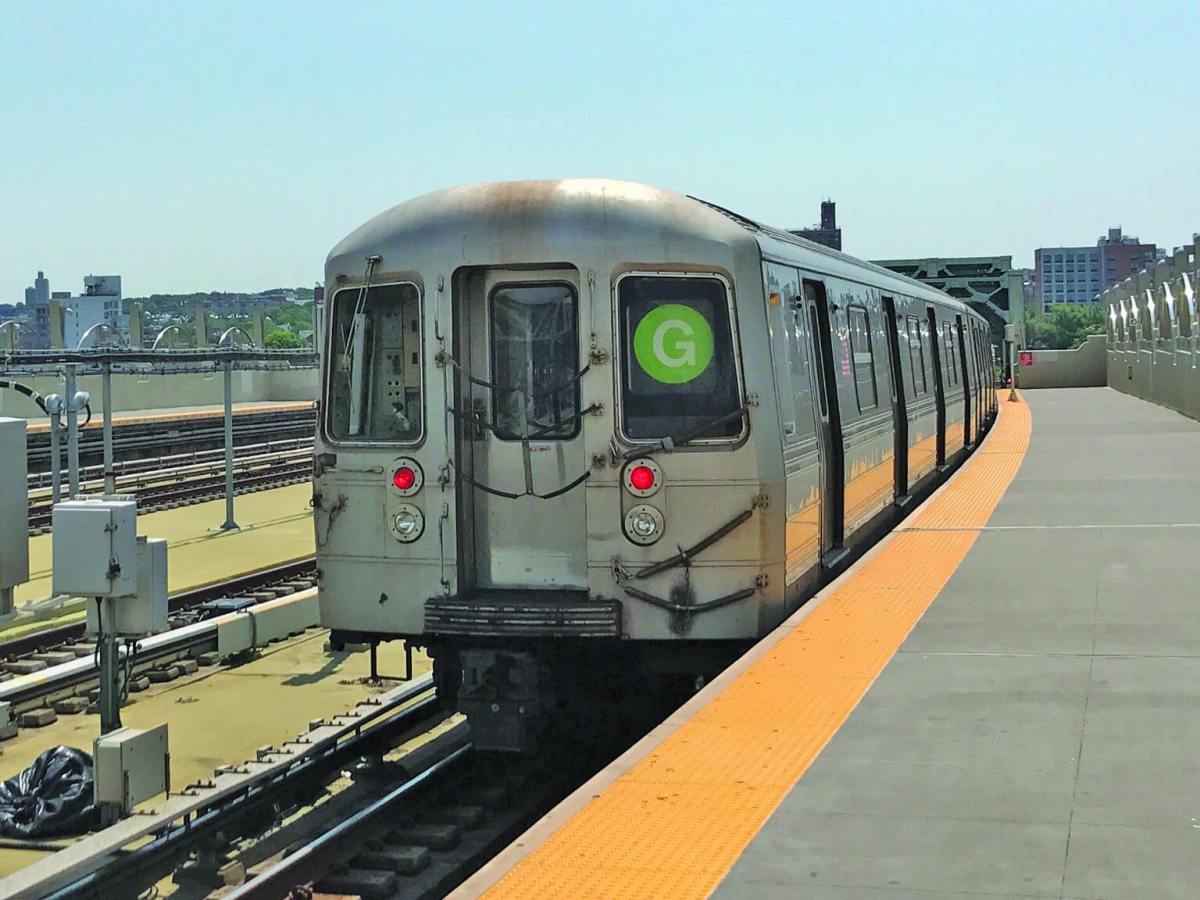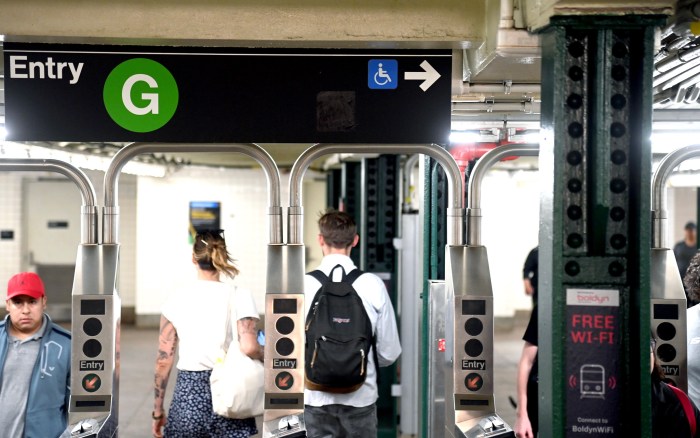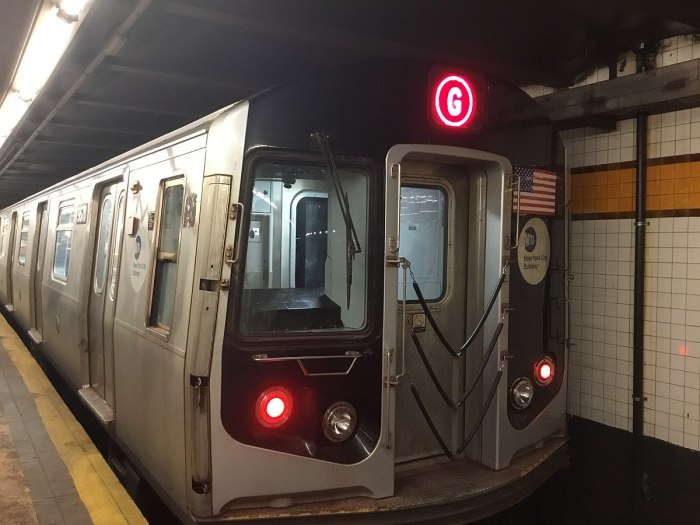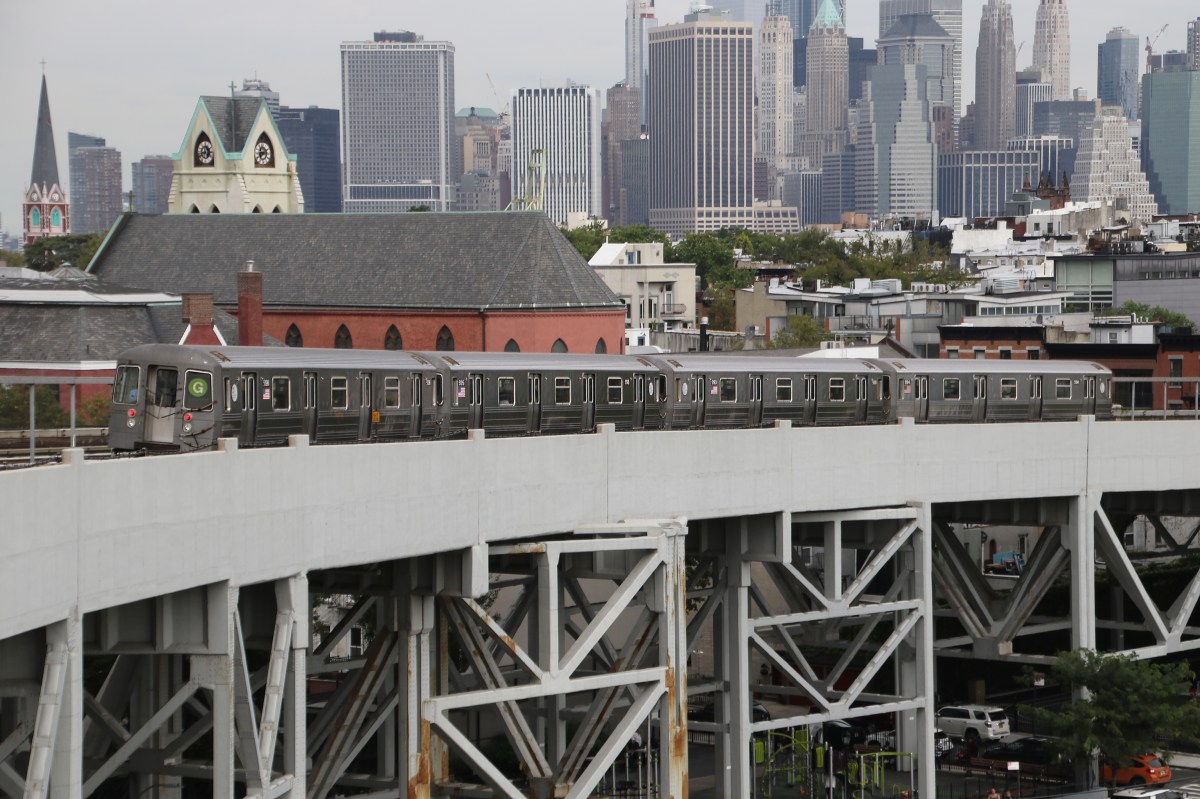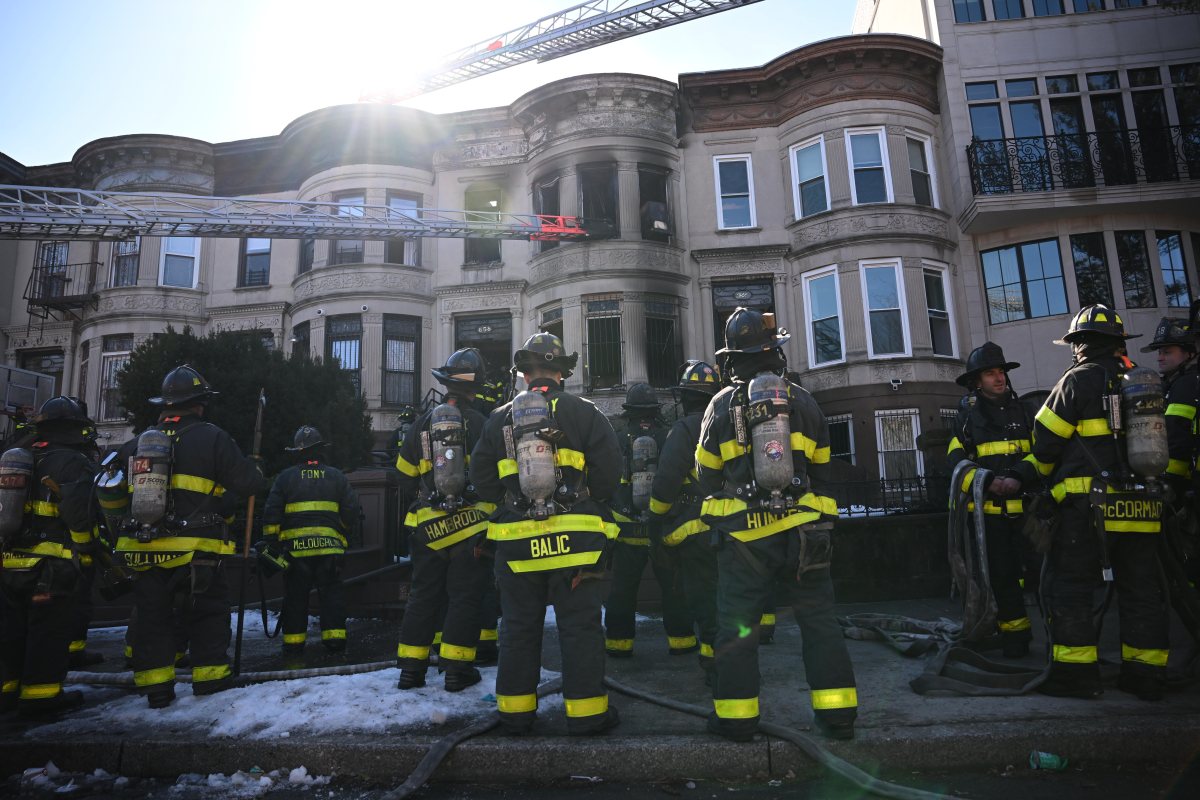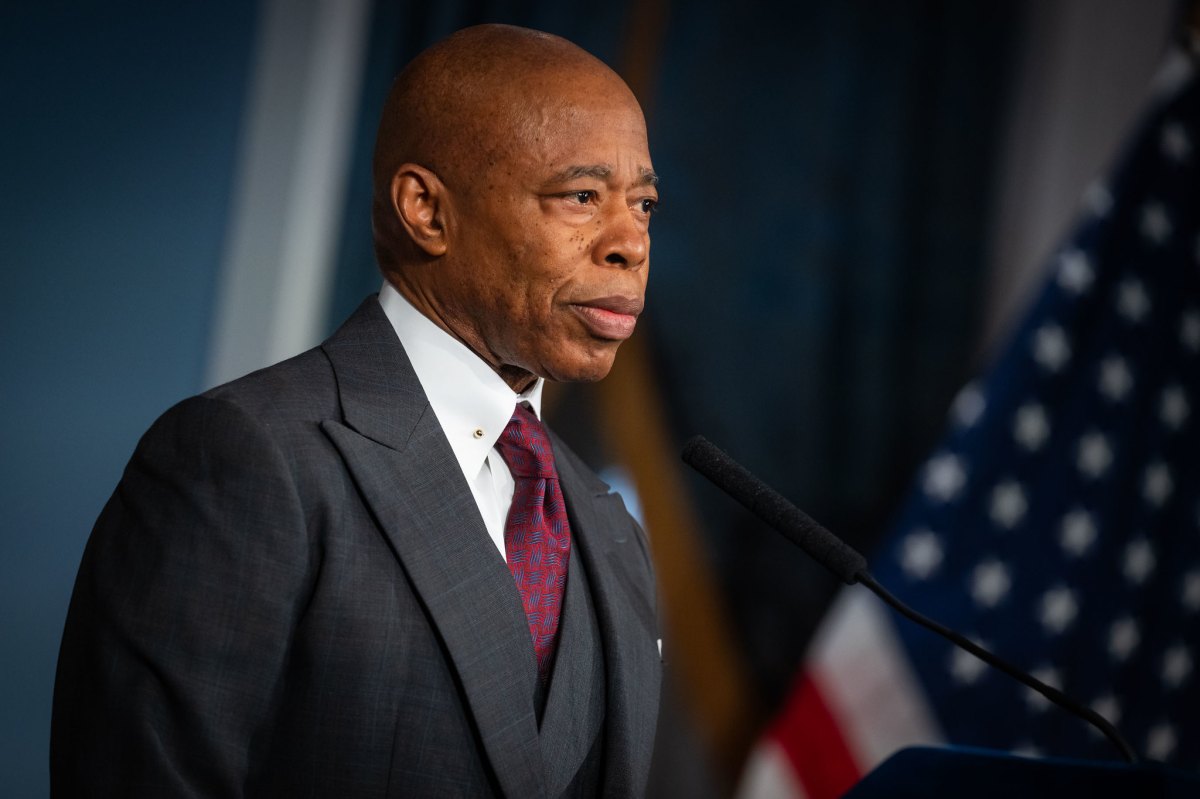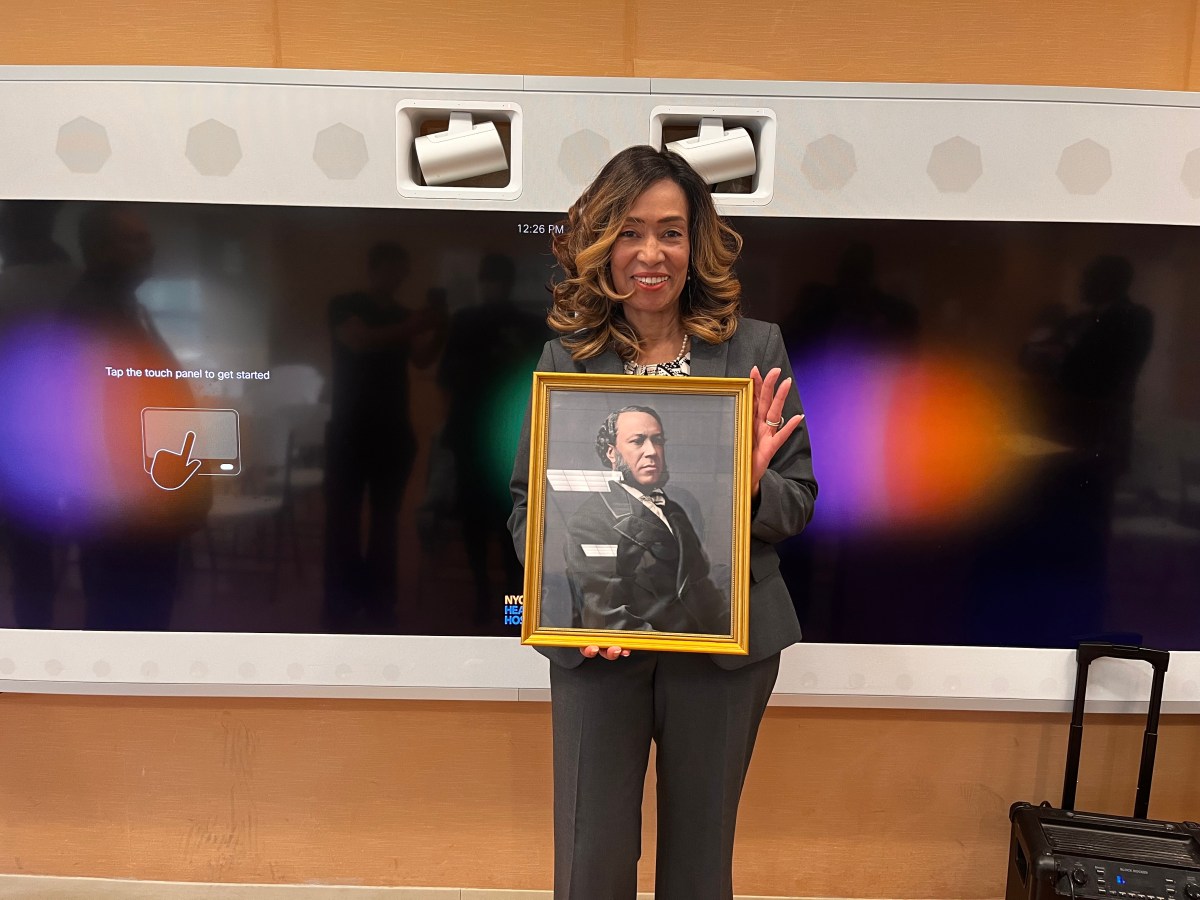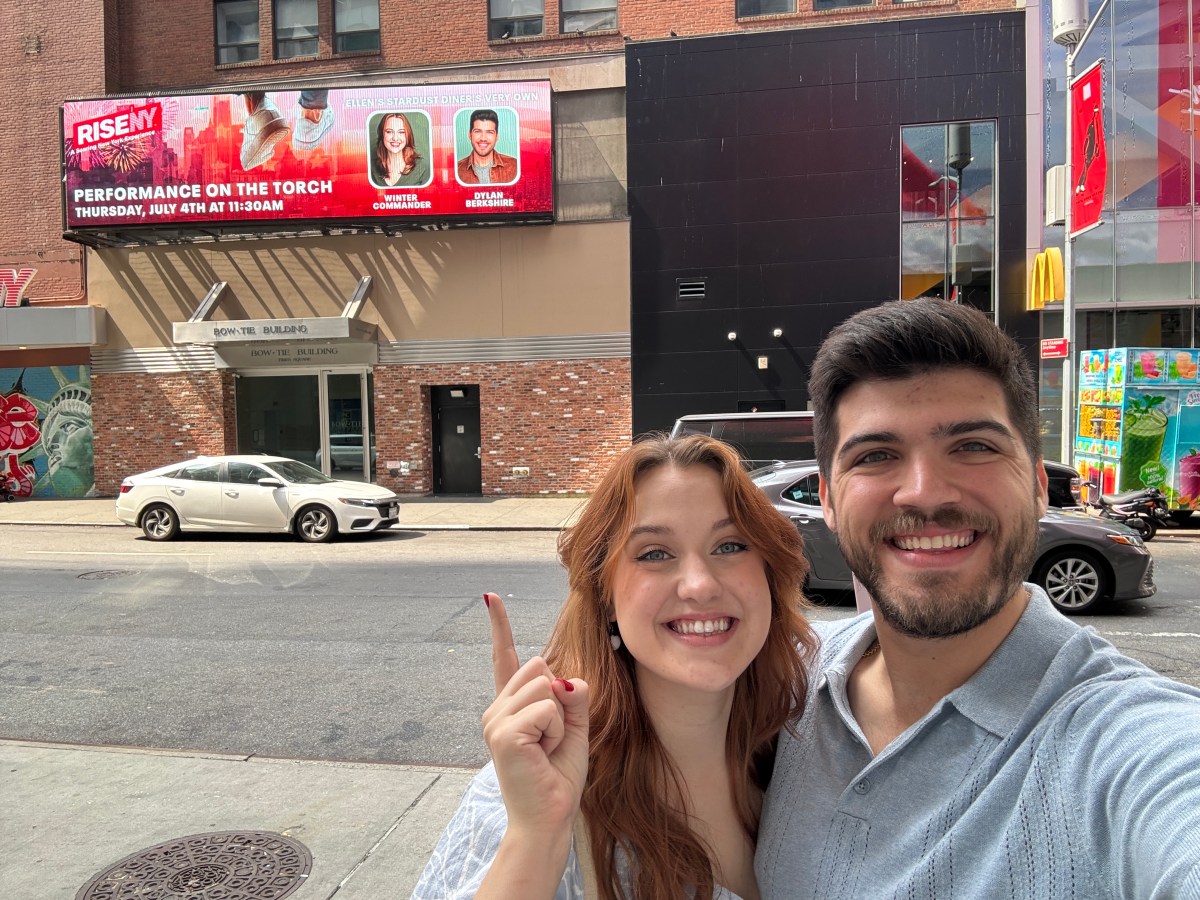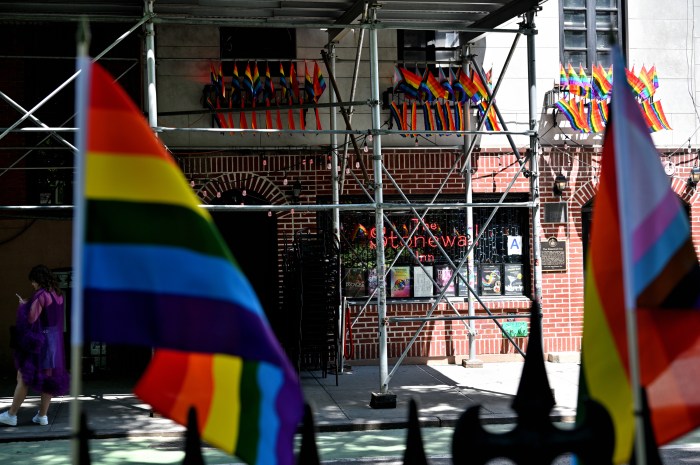The G line is the forgotten stepchild, no more!
The MTA is set to approve a $368 million contract to install a modern communications-based train control (CBTC) signal system on the G line, which would make the Brooklyn-Queens line the third in New York City equipped with the technology.
The agreement, which is likely to be approved at the MTA’s board meeting on Wednesday, stipulates the work should be done in just shy of five years. The new signaling system will run the length of the train’s route from Court Square in Long Island City, Queens to Church Avenue in Kensington, Brooklyn.
The contract is set to be awarded to Crosstown Partners, a consortium of Long Island-based electric contractor TC Electric LLC and French transit communications company Thales Group. The contract allows the execution of $53 million in expansion options, and also includes a separate $37 million agreement with Thales to maintain the signal system for 25 years.
The G would join the L and 7 trains as the only lines fully equipped with the modern signaling tech, replacing Great Depression-era analog signals with wireless communication arrays that enable the MTA to run trains closer together, and hence, run more trains period.
On-time performance has jumped significantly on both the L and 7 in the years since becoming CBTC-equipped.
The agency is also in the process of implementing CBTC on parts of other lines, including the A/C in lower Manhattan, and the E/F/M/R in the easternmost stretches of the Queens Boulevard line, and on the F in southern Brooklyn; for the latter, the end of the CBTC-enabled G at Church Avenue will also mark the beginning of the CBTC-equipped F line, which is having the technology installed from Kensington to Coney Island.
MTA honchos say the G will be the first CBTC installation using a new project delivery method emphasizing the principle of “design-build,” where design and construction is melded in the same contract, consolidating accountability and lessening risk of failure. Design-build was previously employed by the MTA for the reconstruction of the L train’s East River tunnels and to expand accessibility at subway stations.
MTA Construction & Development President Jamie Torres-Springer says the new system will treat CBTC installation as a technology, rather than construction, project.
“This project will be the first that implements those principles,” said Torres-Springer at the MTA’s Capital Program Committee on Monday,” with simpler specs and new milestones in place that treat this as the technology project that it is. We’re continuing to build on the CBTC program.”
Long described in the media as the “stepchild” of the subway system, the G train is the only route not to enter Manhattan and features trains with fewer cars than other lines. The New York Times in 2008 described the G as “that unwanted drunk uncle everyone has. It’s embarrassing and awkward and doesn’t quite behave like it’s supposed to, but you keep it around because, well, it’s family.”
Its reputation has changed considerably in the intervening years with the rapid gentrification of the G’s corridor in Brooklyn, with the Times in 2016 deeming the line “cool, kind of.”



